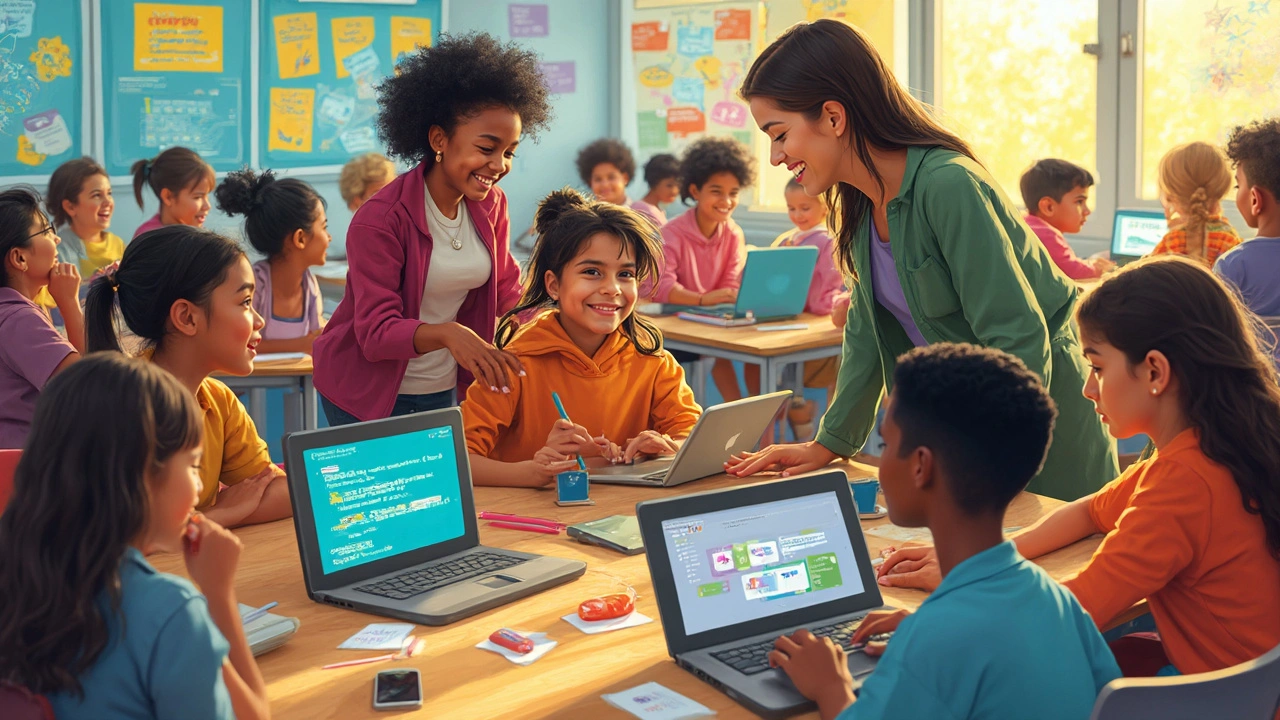Kids Programming: Fun Guides, Projects & Tips to Get Kids Coding
Got a curious youngster who loves games, gadgets, or puzzles? Teaching them to code can turn that curiosity into a powerful skill. You don’t need a fancy lab – a laptop or tablet and the right approach are enough to start. Below are practical steps, project ideas, and resource shortcuts that work for kids of any age.
Why Kids Should Learn to Code
Programming teaches problem‑solving more than just typing commands. When a child builds a simple animation, they learn to break a big task into small, testable parts. That habit sticks, whether they’re fixing a bike or planning a school project. Code also boosts confidence: seeing a line of text turn into moving characters feels like magic, and that success fuels the desire to try more.
Beyond confidence, coding opens doors to future jobs. Many careers now need basic logic skills, and early exposure gives kids a head start. Even if they never become developers, they’ll understand how the apps they use every day work behind the scenes.
Practical Ways to Start Coding at Home
1. Begin with block‑based tools. Platforms like Scratch or Blockly let kids drag colorful blocks to create stories, games, and animations. The visual format removes syntax errors, so the focus stays on logic. A five‑minute session can produce a dancing sprite, which feels rewarding and pushes them to experiment further.
2. Mix in real‑world projects. Once a child is comfortable with blocks, suggest simple challenges: make a birthday card that plays music, or create a quiz about their favorite animal. Real projects give purpose and make learning feel less like a chore.
3. Introduce text‑based coding gently. Languages designed for learners, such as Python with its clean syntax, are perfect next steps. Start with short scripts like "print('Hello, world!')" and gradually add variables, loops, and conditionals. Pair the code with a visual outcome – for example, use the Turtle module to draw shapes.
4. Use free online tutorials. Many websites host step‑by‑step lessons that match school curricula. Look for series that combine video explanations with interactive coding windows. Short modules (10‑15 minutes) keep attention high and prevent burnout.
5. Make coding a family activity. Work side‑by‑side on a project, let kids teach you what they learned, and celebrate finished work with a simple showcase. When parents show interest, kids feel their effort matters.
Safety matters too. Choose platforms with strong privacy settings, and monitor shared content. Explain why they shouldn’t share personal info online, even in a coding community.
Finally, celebrate progress. A quick “high‑five” after a bug is fixed, a badge for completing a lesson, or a simple certificate can keep motivation high. Remember, the goal isn’t to churn out perfect code but to nurture a mindset that loves creating and fixing things.
With these steps, you can turn a casual interest in screens into a lifelong habit of building, experimenting, and solving problems. Kids programming isn’t a lofty goal; it’s a series of small, enjoyable actions that add up to big confidence and skill.

Coding Skills: Fueling the Future of Young Innovators
Today's kids aren't just using technology—they're shaping it. Coding is more than a tech trend; it's giving young people real tools to solve problems, build careers, and express themselves. This article explores how learning to code is transforming the lives of the next generation, breaking down barriers, and opening doors in unexpected ways. You'll also find tips to get started and ways parents can support kids without a computer science degree. It's all about making coding practical, useful, and fun.